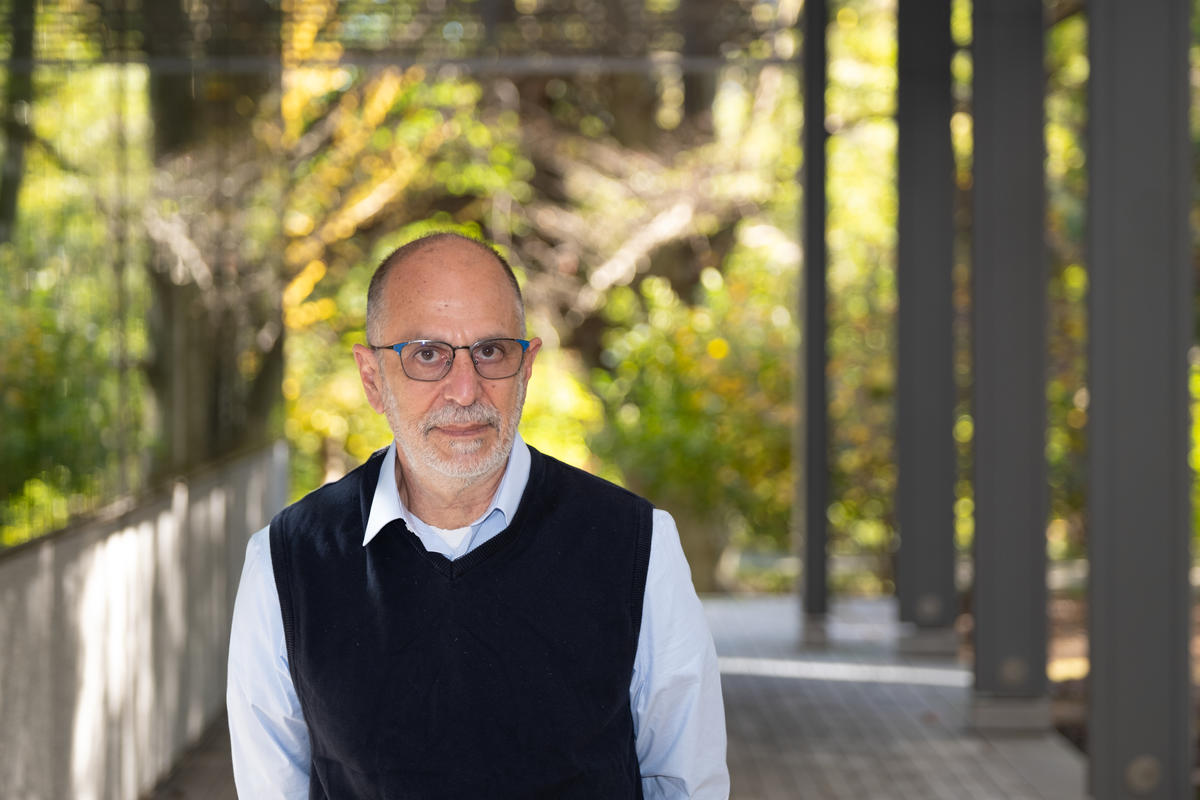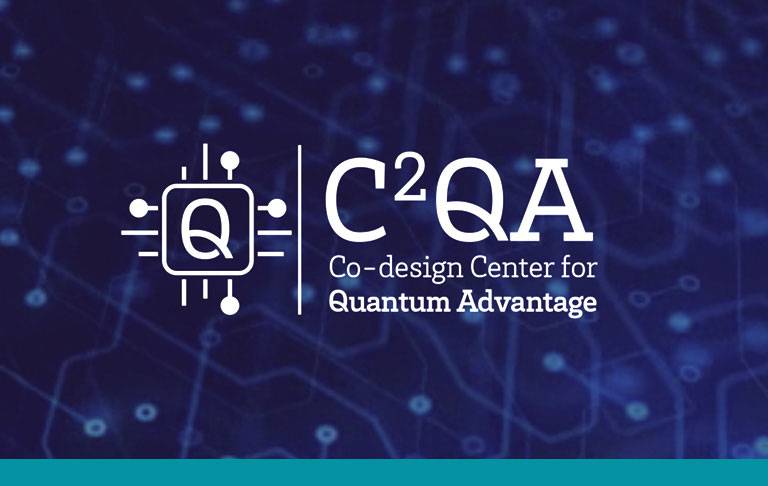Cava Brings Materials Expertise to Quantum Consortium
Most scientists start conversations about quantum computing with the warning that it’s a really weird field – random, unforgivingly complex, indifferent to the laws of physics as we know them. Even Albert Einstein and Niels Bohr were drawn into a battle 90 years ago over the principles that underlie quantum theory, with Einstein famously saying during that row, “God does not play dice with the universe.”
Robert Cava, the Russell Wellman Moore Professor of Chemistry, proceeds from the same mindset. Describing his recent appointment as a P.I. in the federal government’s first quantum science consortium, Cava said, “It’s all about the world not being as fixed as you think it is. It’s very disturbing.”
So, what’s a nice chemist like Cava doing in a group like the Co-Design Center for Quantum Advantage (C2QA)?
A lot, as it turns out. In the simplest terms, scientists have to make quantum computing devices out of something, using materials that optimize the properties of matter on a quantum scale. An expert in the chemistry of solids, Cava will focus on those materials and how they behave in this strange new world.

Photo by C. Todd Reichart
The national, multi-university C2QA center was announced in August with several Princeton University faculty in leadership roles. Headquartered at Brookhaven National Laboratory in Upton, New York, the center will develop quantum technologies that serve as the platform for computing innovations of the future in chemistry, high-energy and nuclear physics, condensed matter physics, materials science, and other fields.
“It’s a very difficult problem,” said Cava, a pioneer in the field of topological insulators. “The classical computer is something that’s been developed over decades, and it’s pretty spectacular in what it can do. To advance that – to do things that a regular computer can’t do – is a very, very difficult problem and requires people at many different levels working together.
“Where I come into the picture is with a lot of experience and broad knowledge about materials. So, I can propose things to make that might do better than what they use now. The good news for me is, I’m curious to learn about new things. Especially if it’s something I don’t completely understand.”
C2QA takes vertical integration as its animating structure. Different institutions and individuals will each contribute a small piece towards the whole, refining and connecting and advancing the project incrementally.
“The cool thing about this group is that, obviously, I know only the basic characteristics of quantum mechanics. But I know a lot about materials,” said Cava, “and they know the steps in this process that you need to go through to make a quantum computer that actually works.
“We have to connect our little part to a bigger world, and that’s not so natural for scientists. But it happens. That’s the good thing about this. These are smart young people, and I’m happy to be a part of it.”

There are five new quantum centers throughout the country funded by the U.S. Department of Energy’s Office of Science. As one of them, C2QA incorporates 24 research institutions and 70 lead investigators. Princeton’s Andrew Houck, professor of Electrical Engineering, will serve as the deputy director of C2QA. Nathalie de Leon, assistant professor of Electrical Engineering, will lead materials research, overseeing the contributions of P.I.s like Cava.
“The quantum information science community has so far focused much more on quantum control and device engineering, rather than materials science, largely because the field was dominated by physicists,” said de Leon. “Materials science will be critical to making the next leap in quantum platforms, and it is an enormous privilege to be able to work with Bob on this project.
“Bob brings an incredible breadth of knowledge across so many different material platforms, and he has a long track record of synthesizing materials to enable beautiful new science.”
Cava will work on Materials Purification, Crystal Growth, and Processing for quantum computing. Starting with the question of what materials could support a quantum device, he’ll work “up the materials pyramid.” From that foundation, scientists will reject some materials and retain others, satisfying stricter requisites as the process moves along. The goal, Cava explained, is to have viable materials candidates to test within the larger quantum computing systems being worked on throughout the co-design consortium.
“You may have a big base of materials at the bottom, but to get to make it into a functional technology puts some real restrictions on the material,” said Cava. “In the end, the material has to satisfy all these requirements, and that’s pretty tough.
“So, things have to start somewhere, and now it’s time for us to start. That’s what this C2QA is – a start. To me, it’s an incredible thing. Who would have dreamed that computing would get this far in our lifetime?”
